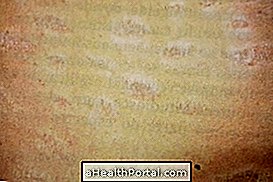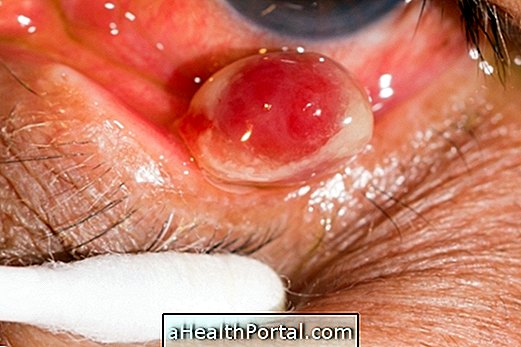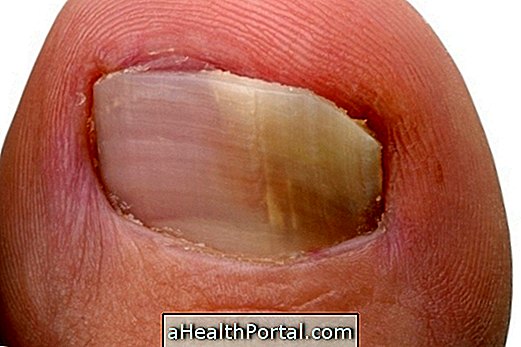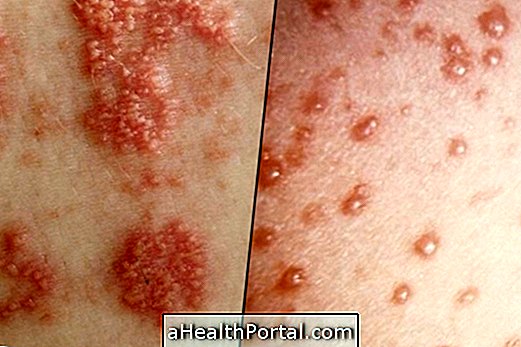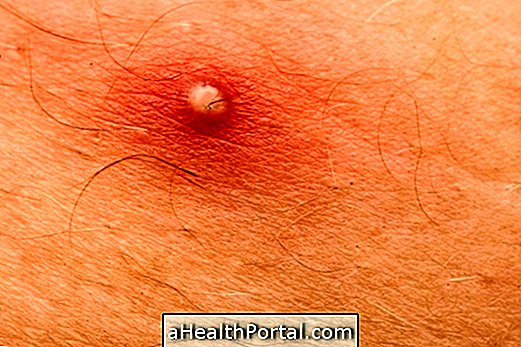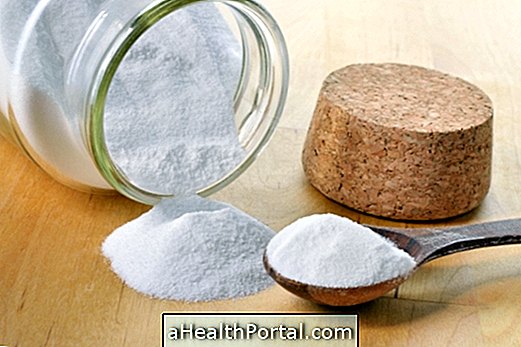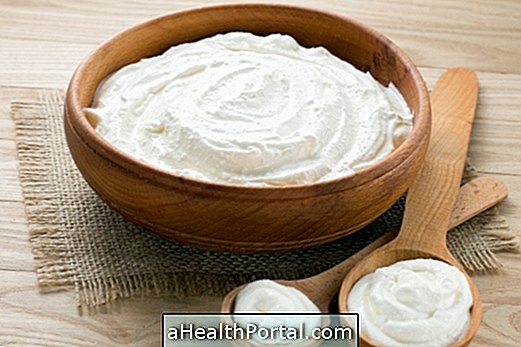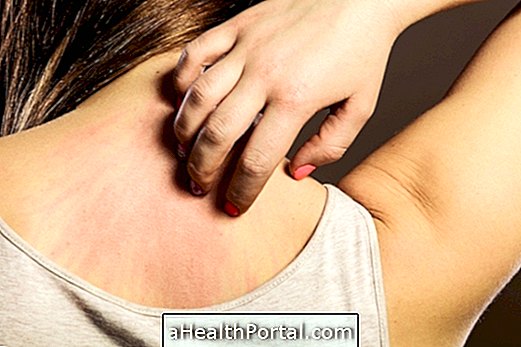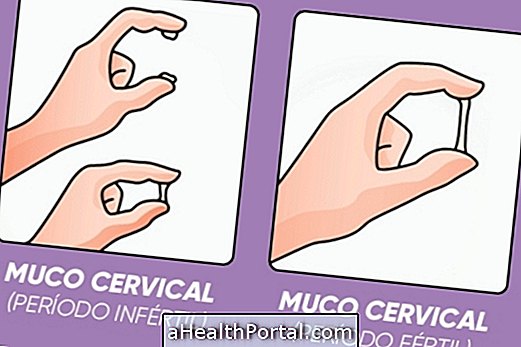Nail mycosis or onychomycosis, as it is also scientifically known, is an infection caused by fungi such as mold or yeast, which leaves the nail yellow, deformed and thick.
Generally, the treatment of nail fungus is done with antifungal enamels or oral antifungal medicines prescribed by the dermatologist, such as Fluconazole or Itraconazole, for example. However, some home treatments for nail fungus such as scalps or natural creams and lotions may also help with treatment.
Mycosis of the toenail is contracted mainly when walking barefoot in swimming pools or public toilets, or if you wear tight shoes, while the toenail mycosis of the hand occurs especially when sharing manicure materials.
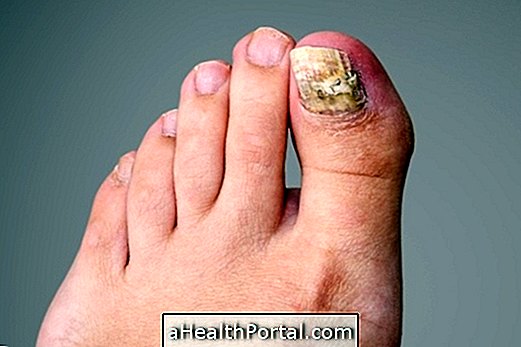
How to stop nail fungus
Nail mycosis can be treated with antifungal tablets, prescribed by the dermatologist, such as Fluconazole or Itraconazole, or by applying an ointment or enamel directly to the nail, such as Loceryl, Micolamina or Fungirox, for example .
Another option is the use of laser, which is usually used in cases of chronic mycosis, which arises frequently. This technique eliminates fungus from mycosis through the infrared rays emitted by the laser and therefore is quite effective, although it is a more expensive form of treatment.
See more about different forms of treatment for nail fungus.
How long does the treatment for nail fungus last?
The treatment for nail fungus is time consuming because the fungus is only completely eliminated when the nail grows sufficiently. Therefore, healing usually comes about 6 months for mycosis of the fingernails and 12 months for mycosis of the toenails, when it is followed correctly.
Homemade options for treating ringworm
The home treatment for nail fungus can be done with the application of 2 to 3 drops of clove essential oil on the affected nail at least 2 times a day, as the clove has an antifungal and healing action. However, the essential oils of oregano or malaleuca also have excellent action against this type of fungi and, therefore, can also be used.
In addition, home treatment for nail fungus should also include the adoption of some care such as:
- Avoid wearing tight shoes;
- Prefer cotton socks;
- Wash and dry the feet very well, including between the toes;
- Always wear slippers in public swimming pools or restrooms;
- Use your own manicure or pedicure materials and do not share them.
These treatments accelerate the treatment of nail fungus and prevent a new infection. That way, they can also be done even when you are doing the treatment indicated by the doctor.
See other homemade ways to treat nail fungus using garlic and mint.
Possible mycosis symptoms
Symptoms of nail fungus include:
- Nails whitish or yellowish, thick, that can peel off the skin;
- Deformity in the nails.
The diagnosis of nail fungus can be confirmed by microscopic analysis of a sample of nail residues to determine which fungus is responsible for the infection, which is essential for the dermatologist to indicate appropriate treatment.
